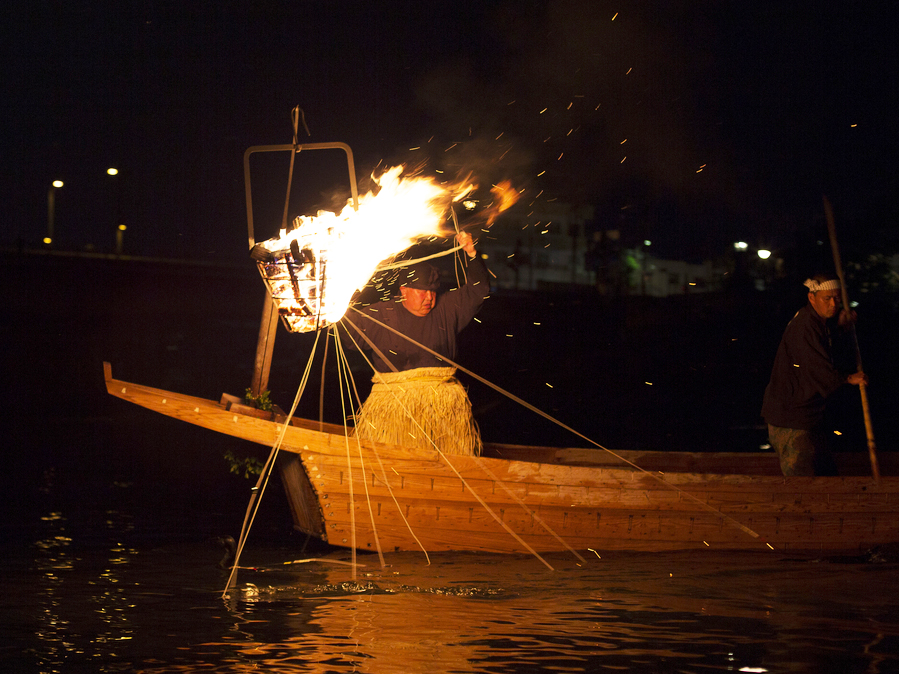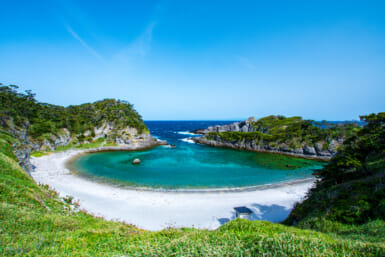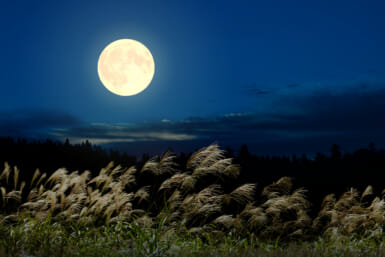On the surface, Gifu city is not much to look at. Flattened by an earthquake in 1891 and again by American bombs during World War II, the skyline is uniform and dull and, besides a few green hills near the Nagaragawa River, the landscape is featureless. Yet millions of tourists make their way to this central Japanese city every year.
The attraction is ukai, an ancient fishing method where the fisherman uses diving birds known as cormorants in English and u in Japanese to catch fish. The target fish are ayu or sweetfish. Sometimes mistakenly called Japanese trout, sweetfish are actually the only species in their genus and biological family and are most closely related to the smelts. The fishing technique is to use specially trained birds tethered to the ubune fishing boat to dive for the fish. The u are fitted with metal rings around their necks, loose enough for them to swallow small fishes, but tight enough to prevent them from eating the market-sized larger fish the fishermen are after.
“Right up until today, the fishermen are employees of the Emperor”
So what attracts so many visitors to view this seemingly workaday activity? One reason is that the fishing is done at night and the Nagaragawa River, where it takes place, is lit up by spectacular fires of pitch pine held in metal baskets suspended from the bow (front) of the fishing boats.
Another reason is the unique tradition and elevated status of the fishery itself. Ukai has been performed in the Nagaragawa for 1,300 years. Ayu, with their sweet tasting flesh and melon and cucumber aromas have long been popular with the Japanese nobility. During the Heian Era (794–1185) ukai fishermen supplied sweetfish to the Imperial family and later the Tokugawa shoguns (1603–1868) and their feudal lords protected the fishing rights of certain families. In 1890, ukai was taken over by the Imperial Household Agency, and right up until today, the fishermen are employees of the Emperor.
At around 5:30pm of a summer evening, a couple of hours before the night’s fishing begins, tourists start to board some of the 45 roofed but open-sided passenger boats. Like the ubune, these boats are wooden, flat-bottomed, narrow, and long. Smaller boats hold 12 or 15 passengers, larger ones up to 50. While their boats are still moored along the riverbank, passengers eat bento meals; usually featuring skewered and grilled ayu. From around 6:15–7:15pm, crewmen begin to pole their boats up river where they again anchor close to the shore.
Soon, after a brief fireworks show, the six active ubune begin to move downstream, the fiery flow of sparks and flames from their torches on the blackened river far more dramatic than the hanabi (fireworks) display. Then, the tour boats depart the shore and are expertly steered close enough to the fishing for passengers to see the birds and the traditionally costumed fishermen in action.
Each boat carries a crew of three. In the bow, controlling 10 or 12 birds with tanawa, or rope tethers stands, the usho or chief fisherman. In the stern (back) is the tomonori, or helmsman who uses a long pole to steer and propel the boat. And in the middle is the nakanori who carries a short paddle and helps the usho or tomonori as needed.
The u themselves, although used for river fishing, are actually sea cormorants taken from Juoh Town on the Pacific Ocean coast of Ibaraki Prefecture. While their life span in the wild is seven to eight years, the Nagaragawa birds, carefully raised and trained by the fishing families who live along the riverside, live from 15–20 years.
The ukai season is from mid-May to mid-October. You can make a reservation with the Gifu City Cormorant Fishing Sightseeing Office (058-262-0104) or through your hotel or ryokan. Many Nagaragawa hot springs hotels offer a package, which includes Japanese inn-style accommodation with onsen baths, and a deluxe, boxed meal featuring grilled ayu to eat on-board your boat. Gifu city is easily reached from Nagoya via the JR Tokaido Line. The express train takes 18 minutes. For more info, see www.ukai-gifucity.jp/Ukai/e/
Words by Hillel Wright









